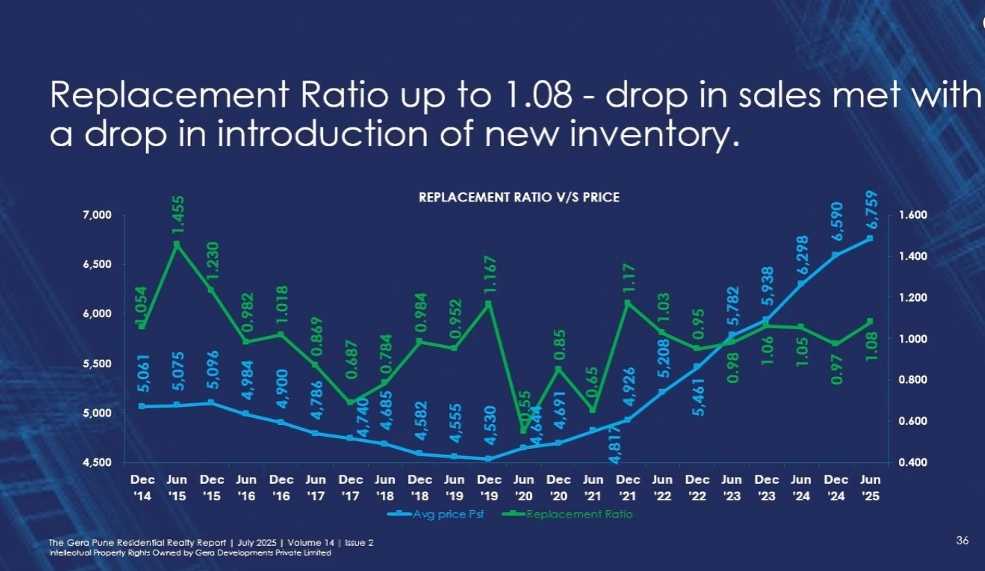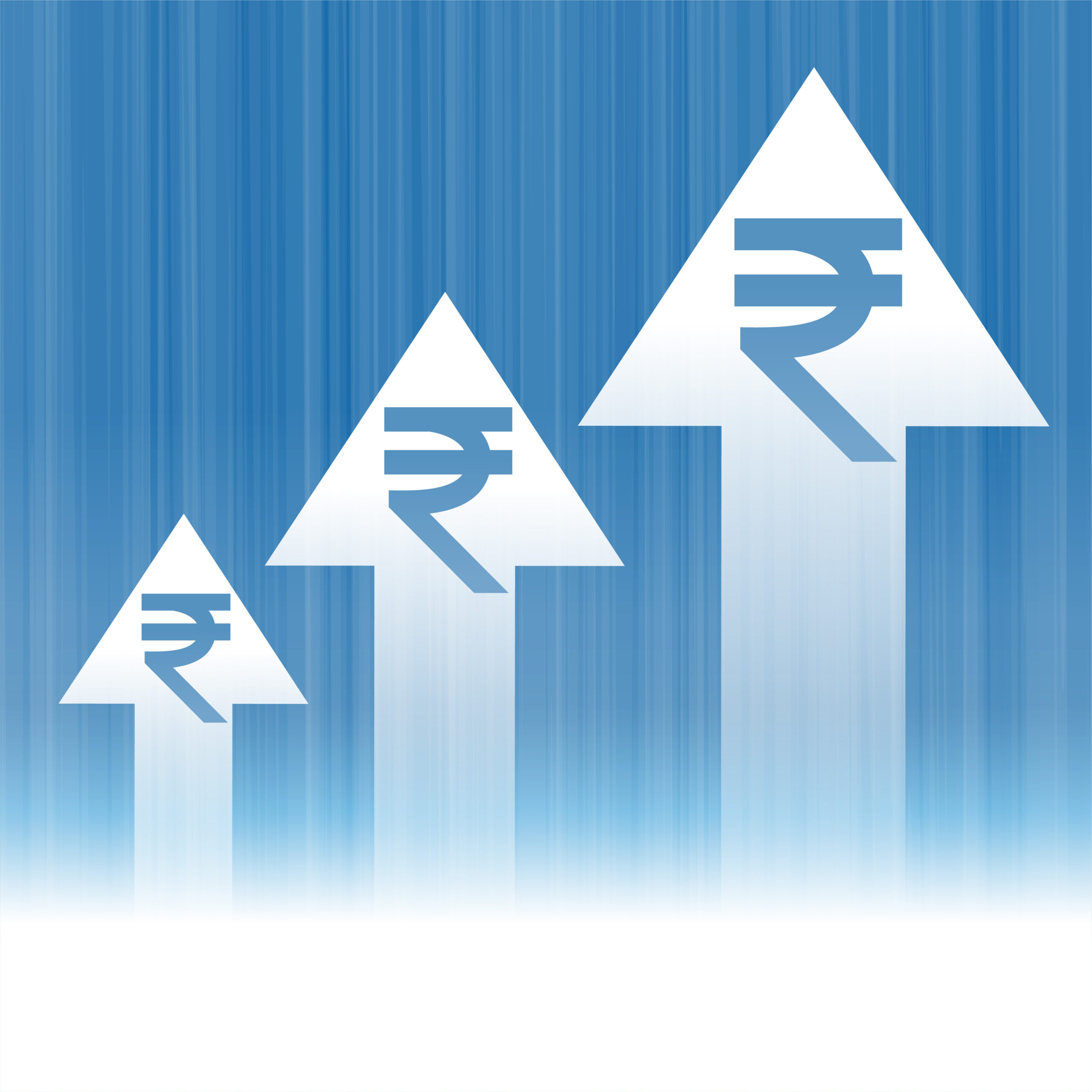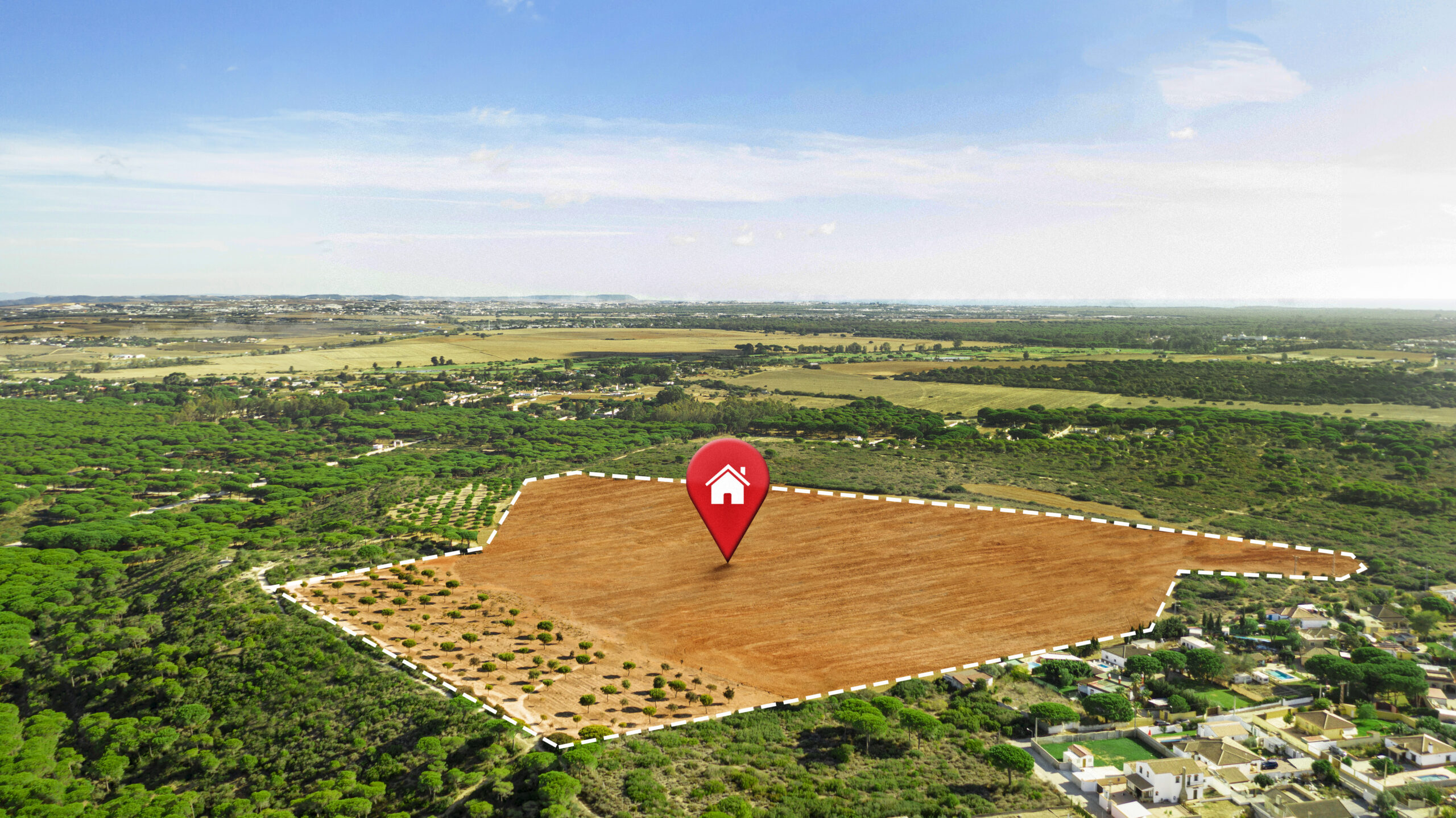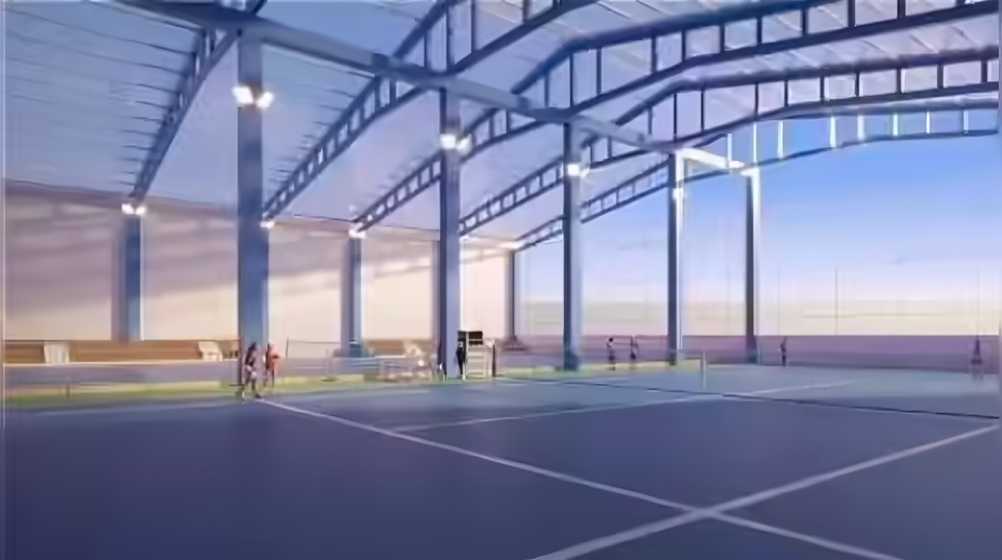July 8, 2025: At a recent press conference on “Emerging Trends in the Real Estate Market of Mumbai”, Rohit Gera, Managing Director of Gera Developments Private Limited, presented a data-driven analysis of the residential housing sector, highlighting a mix of price appreciation, declining sales, and shifting buyer preferences. According to Gera, residential property sales in Mumbai have declined by 8% over the past year even as average property prices rose 7.3%.
Sales dropped from 93,737 homes to 86,666, while average prices increased from Rs 6,298 per sq. ft. to Rs 6,759. At the same time, new launches fell by 10%, from 99,000 to 89,000 units. The available inventory has gone up slightly—by 3%—from 75,600 to 77,800 homes.
The mismatch between rising prices and affordability is creating what Gera described as “sticker shock”. “Buyers walk in expecting one price but are surprised by the increased cost due to both rising prices and bigger home sizes,” he said. The average size of new apartments has grown from 936 sq. ft. in 2021 to 1,210 sq. ft, a 25% increase, while prices have gone up 40% in five years. Together, this has pushed the average budget for a home from Rs 47 lakh to Rs 82 lakh—a 76% rise.
“The affordability index has weakened, and the required budget to buy a home has gone up significantly. That’s the reason why many potential buyers are holding back,” Gera added.
The biggest impact is on lower- and mid-income homebuyers. Sales of homes under 600 sq. ft. dropped by 18%, while those in the 600–800 and 800–1,000 sq. ft. categories fell by 23% and 22%, respectively. Meanwhile, demand for larger homes (1,600–2,000 sq. ft.) increased significantly, with sales rising by over 60% in some segments.
While the data reflects broader Mumbai trends, Gera also mentioned shifts in Pune—particularly in East Pune and areas like Hinjewadi—where infrastructure development, such as the upcoming metro line, is expected to impact prices. “We believe metro connectivity will improve affordability perception and spur growth in areas like Hinjewadi,” Gera said, while disclosing that Gera Developments has a project in that area.
The trends cover the 12-month period leading up to June 2024, with broader five-year insights into pricing, apartment sizes, and affordability metrics.
To cope with declining affordability, developers appear to be adjusting pricing strategies. New project launches are being priced 4.73% lower on average, reflecting market sensitivity. Besides, the share of budget homes in new launches has dropped from 49% in June 2020 to 29% today, while luxury housing now makes up 18% of launches, up from 8%.
Despite a relatively stable replacement ratio of 1.08—indicating balanced inventory levels—the inventory overhang has grown to 10.78 months, suggesting slower market absorption. Gera noted that the number of active projects has declined from 3,733 in 2017 to 2,605 today, pointing to market consolidation and a rise in project scale.
The Mumbai housing market is seeing diverging trends—rising prices and sizes, falling sales, and a visible strain on affordability—especially in the budget housing segment.





